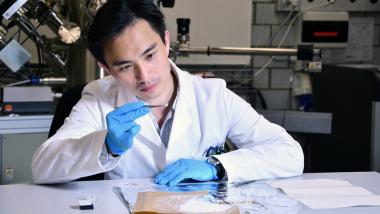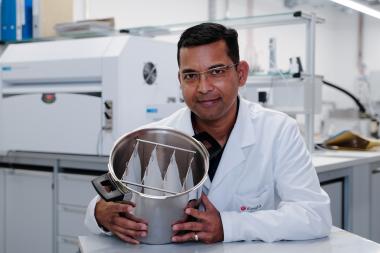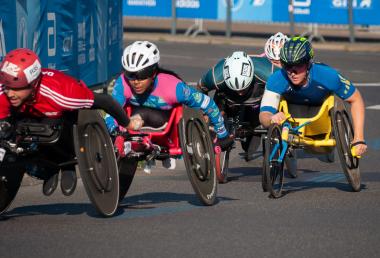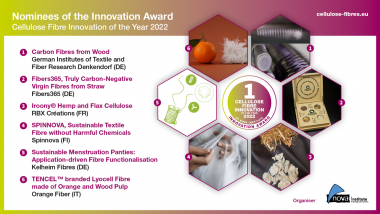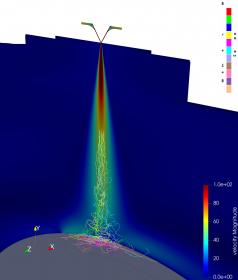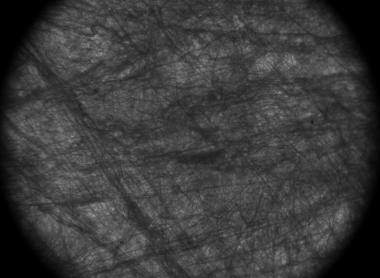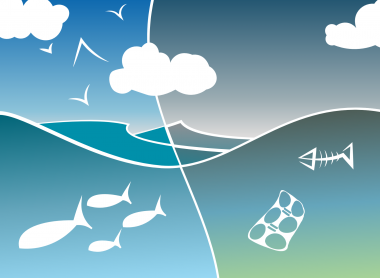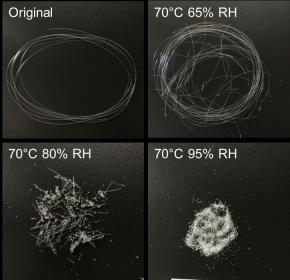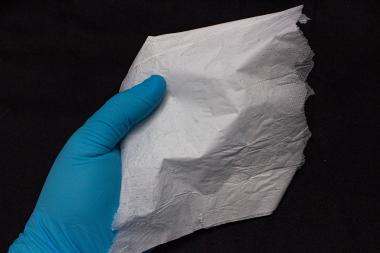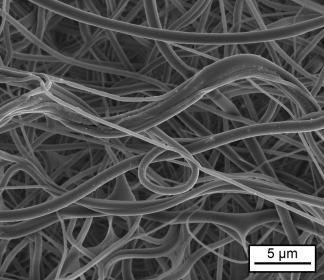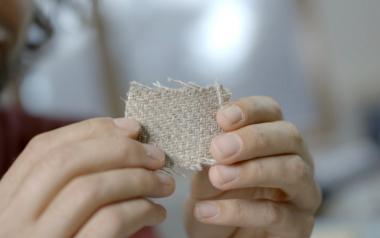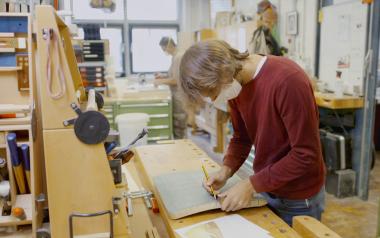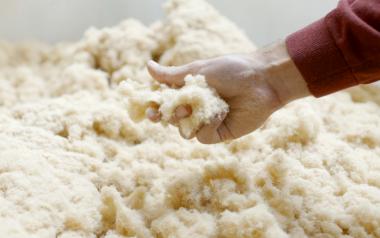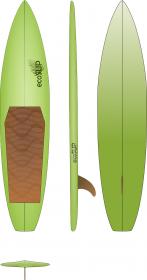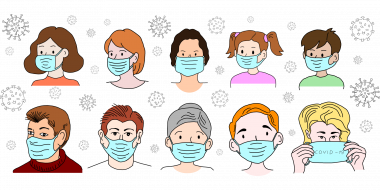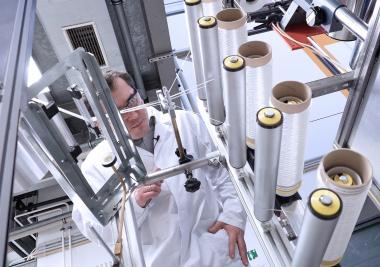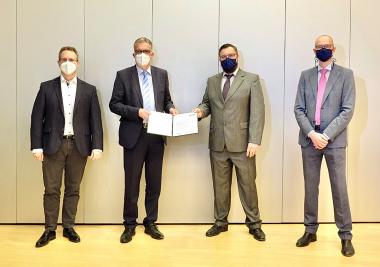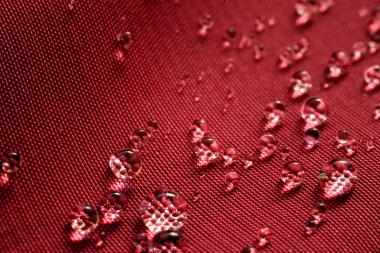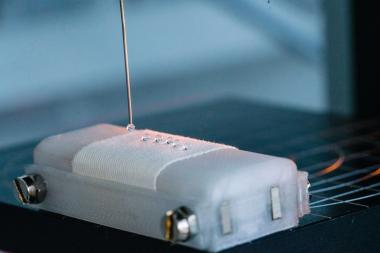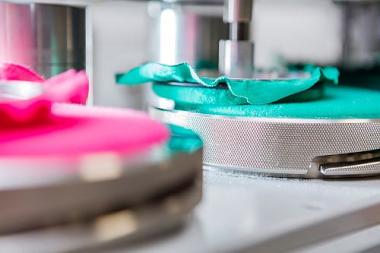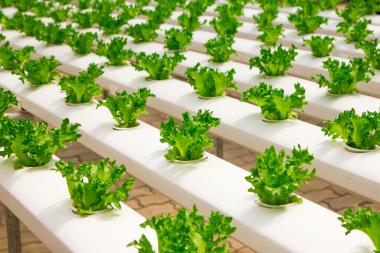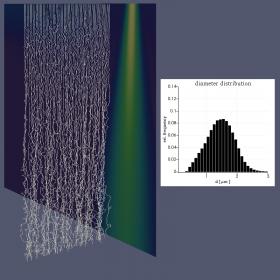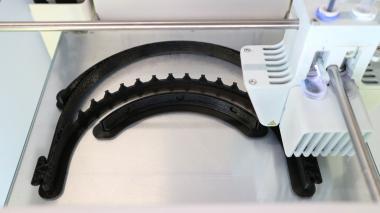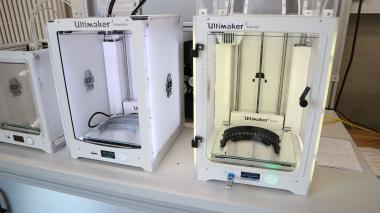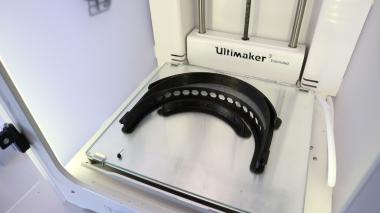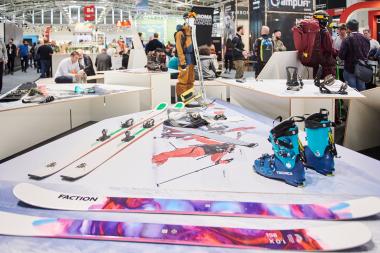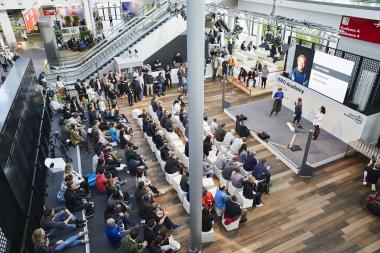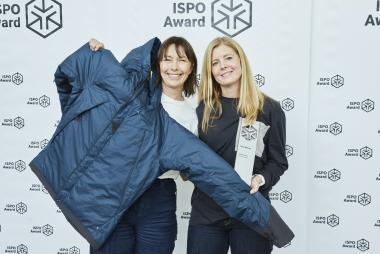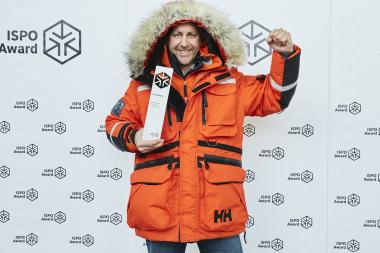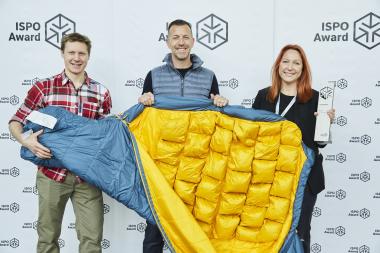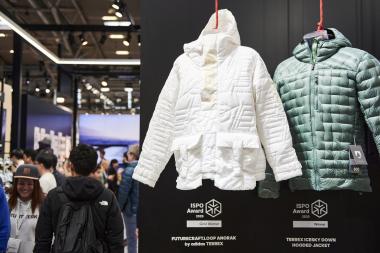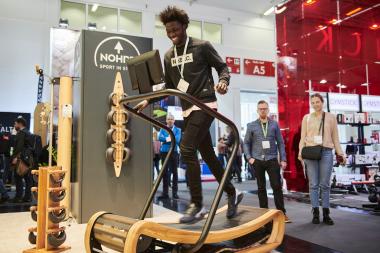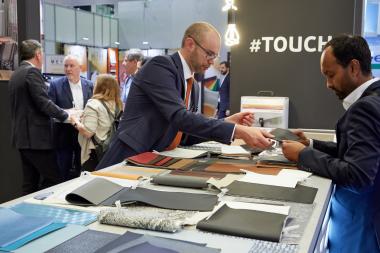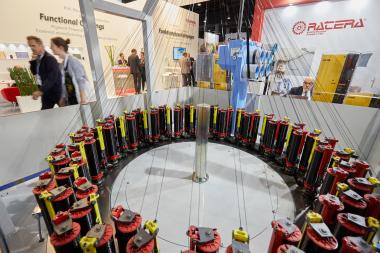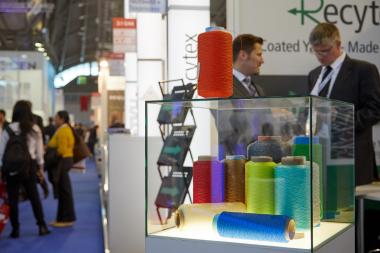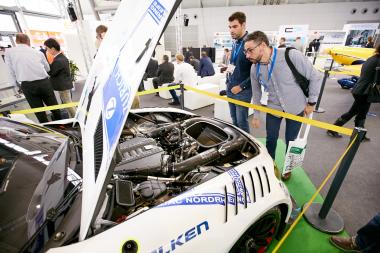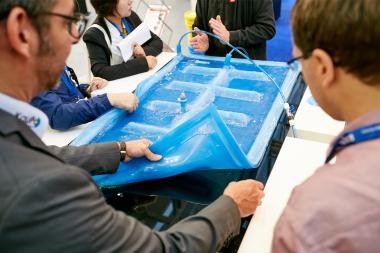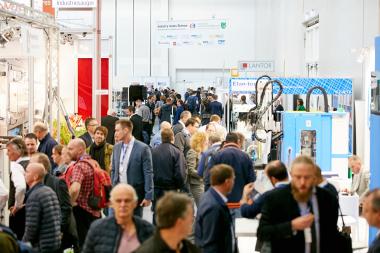Sustainability in 3D Printing: Components made of Natural Fibers
3D printing has been in use in architecture for a while, and now it is to become ecologically sustainable as well: Together with partners, the LZH is researching how to produce individual building elements from natural fibers using additive manufacturing.
In the project 3DNaturDruck, architectural components such as facade elements shall be created from natural fiber-reinforced biopolymers in 3D printing. To this end, the scientists will develop the corresponding composite materials from biopolymers with both natural short fibers and natural continuous fibers and optimize them for processing with the additive manufacturing process FDM (Fused Deposition Modeling). The project partners' goal is to enable smart and innovative designs that are both ecological and sustainable.
The goal: highly developed components made from sustainable materials
Within the project, different natural fiber-reinforced biopolymer composites will be investigated. The partners are researching both processing methods with very short natural fibers, such as from wood and straw, and a method for printing continuous fibers from hemp and flax in combination with biopolymers. The LZH then develops processes for these new materials and adapts the tools and nozzle geometries of the FDM printer. A pavilion with the 3D-printed facade elements is planned as a demonstrator on the campus of the University of Stuttgart.
The project partners want to explore how additive manufacturing can be used to simplify manufacturing processes for architectural components. Natural fiber-reinforced biopolymers are particularly suitable for producing components with complex geometries in just a few steps and with low material and cost requirements. With their research, the partners are also working on completely new starting conditions for the fabrication of newly developed architectural components: For example, the topology optimization of components according to their structural stress can be easily implemented with additive manufacturing.
Enabling the natural fiber trend in architecture also using additive manufacturing
There is great interest in the use of natural fibers in structural components in architecture and construction because natural fibers have several advantages. They have good mechanical properties combined with low weight and are widely available. As a renewable resource with in some cases very short renewal cycles, they are also clearly a better ecological alternative than synthetic fibers.
In additive manufacturing, large-format elements for the architectural sector have so far mostly been manufactured with polymers based on fossil raw materials. Research in the project 3DNaturDruck should now make the use of natural fibers in architecture possible for additive manufacturing as well.
About 3DNaturDruck
The project 3DNaturDruck is about the design and fabrication of 3D-printed components made of biocomposites using filaments with continuous and short natural fibers.
The project is coordinated by the Department of Biobased Materials and Materials Cycles in Architecture (BioMat) at the Institute of Building Structures and Structural Design (ITKE) at the University of Stuttgart. In addition to the LZH, project partners include the Fraunhofer Institute for Wood Research Wilhelm-Klauditz-Institut (WKI) and the industrial companies Rapid Prototyping Technologie GmbH (Gifhorn), ETS Extrusionstechnik (Mücheln), 3dk.berlin (Berlin) and ATMAT Sp. Z o.o. (Krakow, Poland).
The project is funded by the German Federal Ministry of Food and Agriculture through the Fachagentur Nachwachsende Rohstoffe e.V. under the funding code 2220NR295C.
Laser Zentrum Hannover e.V. Advanc3D Materials architecture natural fibers Biopolymere
Laser Zentrum Hannover e.V.


